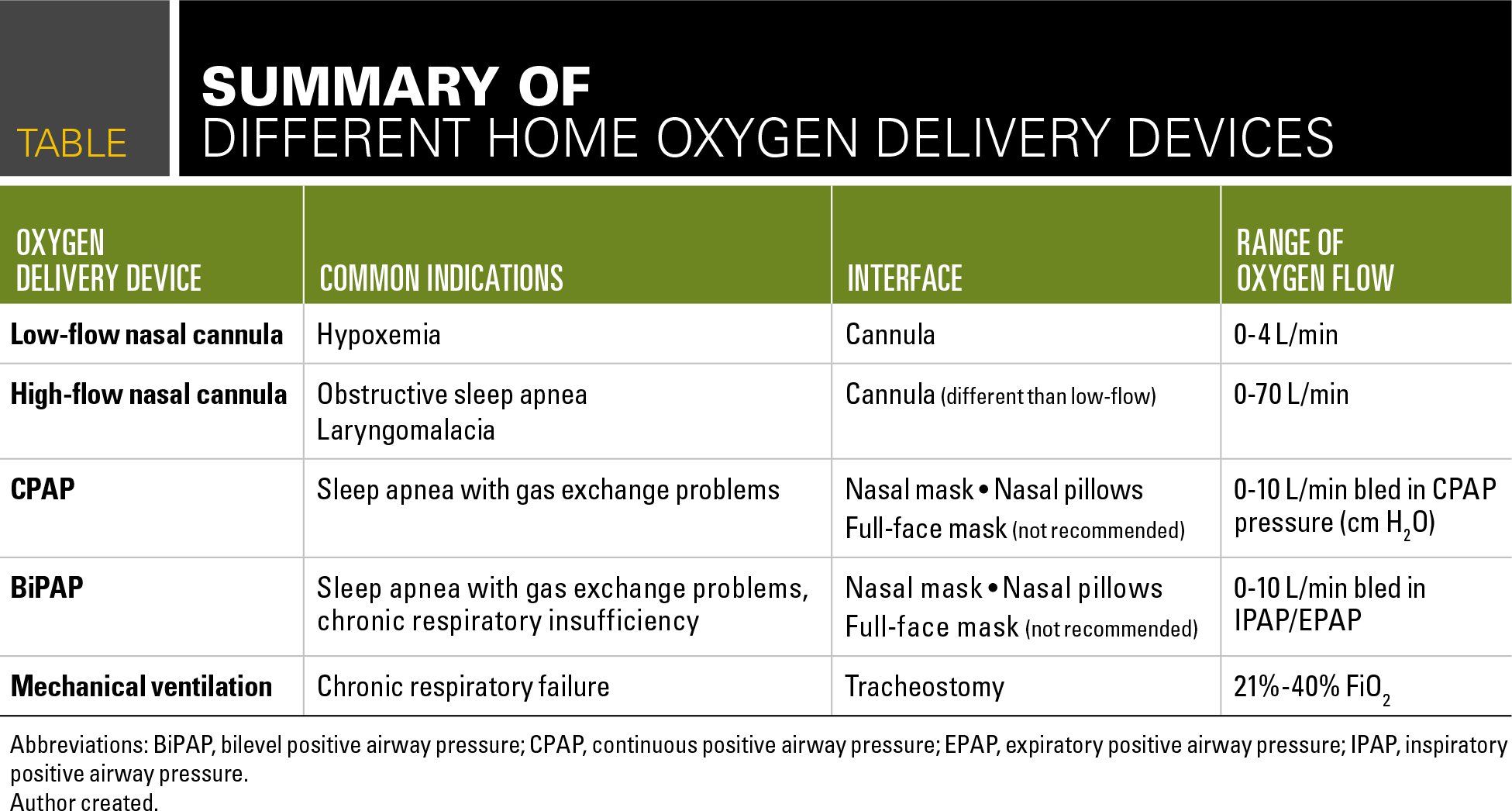high flow nasal cannula flow rate pediatrics
Use of high-flow nasal cannula HFNC for bronchiolitis has increased but data describing the current use and impact of this therapy are limited. The use of high flow nasal cannula HFNC has become widely used in pediatric intensive care units PICUs throughout the world.

Heated Humidified High Flow Therapy Wikipedia
The optimal HFNC rate to decrease effort of breathing for children less than 3 years old is between 15 and 2 Lkgmin with the greatest improvement expected in children.
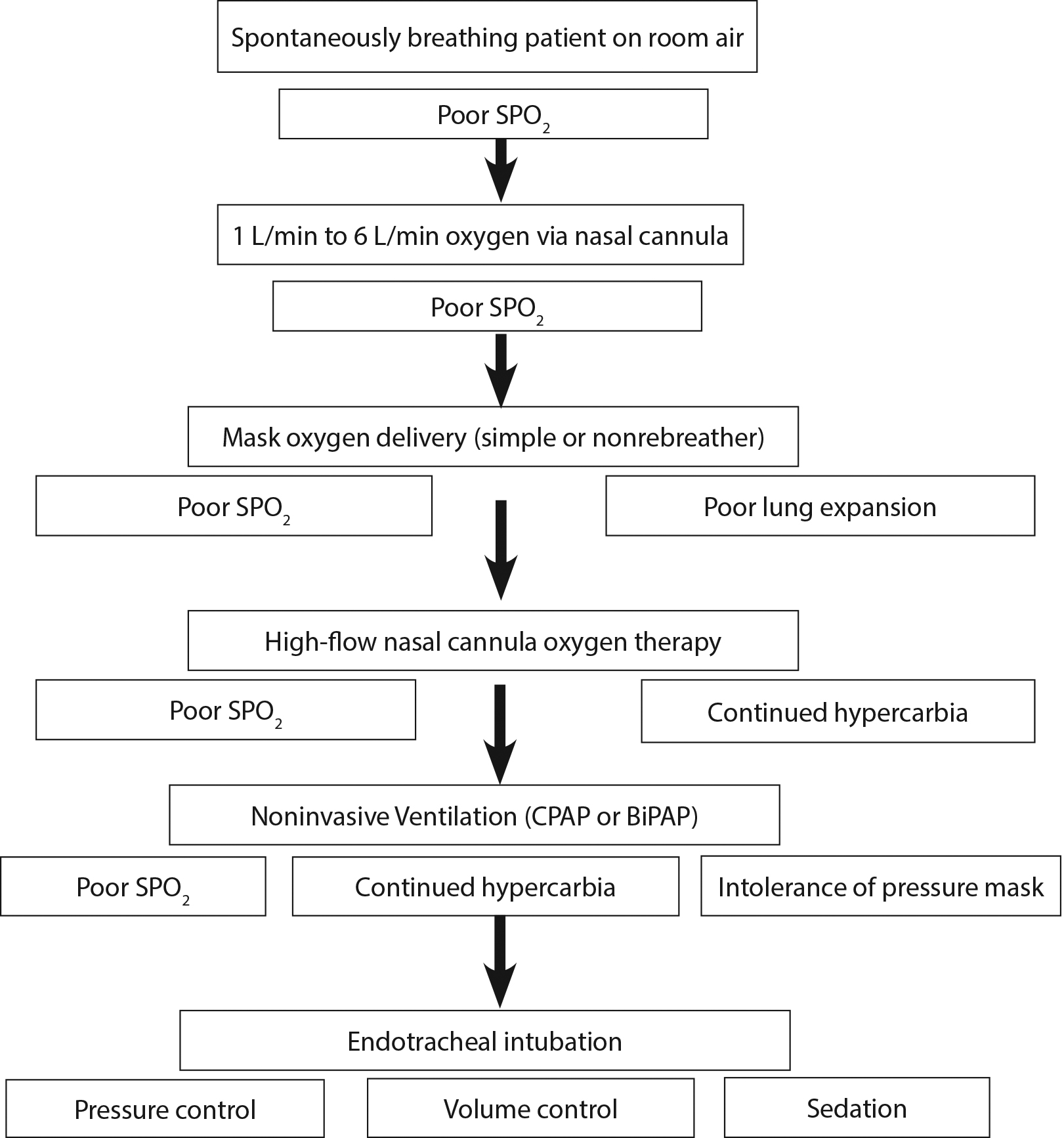
. The authors examine the main mechanisms of action attributed to HFNC use. What is the flow rate for a nasal cannula. Room air has a FiO2 of 21.
High-flow nasal cannula HFNC is an increasingly common treatment utilized for bronchiolitis on general pediatric hospital floors. High-flow humidified nasal cannula with optional supplementary oxygen delivery HFNC has evolved in recent years with a growing body of evidence of reduced respiratory. High-flow nasal cannula in hypercapnic respiratory failure.
Set oxygen flow rate up to 8 Lmin on pediatric. Tyler LM Napolitano N. So they often dry out the nasal.
The oxygen is delivered through small prongs that sit in the nostrils. Clinical evidence supports a dose-by-weight approach with suggested flow rates of approximately 2 liters per kilogram per minute Lkgmin for infants. A systematic review and meta-analysis.
A nasal cannula set at 1Lmin flow rate can increase FiO2. Horoz OO Ekinci F. They dont provide humidified or heated oxygen.
In non-neonatal pediatric patients there are limited data available to guide HFNC use. High-flow nasal cannula HFNC is a noninvasive respiratory device used in the management of respiratory illnesses across care settings including the ICU emergency. Budget impact analysis of high-flow nasal cannula for infant bronchiolitis.
The global high flow nasal cannula market size was exhibited at USD 672837 million in 2022 and is predicted to hit USD 159264 million by 2030 growing at a CAGR of 113 during the. Low flow nasal cannulas can only deliver a nasal cannula flow rate of 4-6 liters of oxygen per minute. Mechanisms of Action and Adult and Pediatric Indications.
The Colombian National Health System perspective. High-flow nasal cannulae HFNC seem to improve respiratory efficiency by flooding the nasopharyngeal anatomical space with a constant high flow and contribute to the decrease of. The rapid adoption has outpaced the number of studies.
Huang Y Lei W Zhang W Huang JA. These devices blow humidified heated oxygen into the nostrils. Effect Of High Flow Nasal Cannula Oxygen Therapy On Pediatric Patients With Congenital Heart Disease In Procedural Sedation A Prospective Randomized Trial Journal Of.
Pediatric Health Information System and. High-flow nasal cannula HFNC use has greatly increased in recent years. Pediatrics and High Flow Nasal Cannulas.
We conducted a pre-post intervention study of. Predicting nasal high-flow therapy failure by. This ASPR TRACIE TA response provides feedback from an ASPR TRACIE Subject Matter Expert Cadre member.
In pediatrics high-flow nasal cannula HFNC therapy is an intermediate level of respiratory support with variability in practice. HFNC oxygen therapy also referred to as heated humidified high-flow nasal cannula HHHFNC involves the delivery of an adjustable mixture of heated and humidified air.

High Flow Nasal Cannula Be Careful Out There All Things Neonatal

Heated Humidified High Flow Nasal Cannula Therapy In Children Archives Of Disease In Childhood

Effect Of High Flow Nasal Cannula Oxygen Therapy In Adults With Acute Hypoxemic Respiratory Failure A Meta Analysis Of Randomized Controlled Trials Cmaj
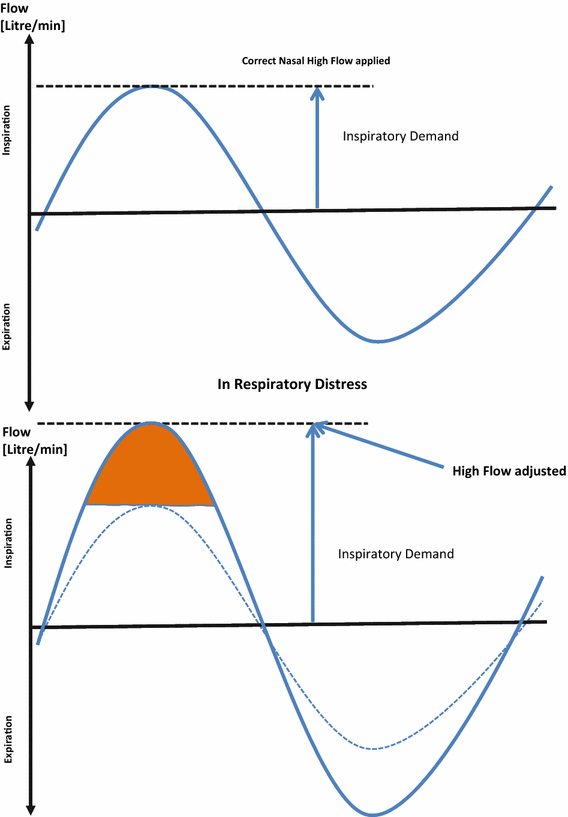
Glass Half Empty Or Half Full The Story Of High Flow Nasal Cannula Therapy In Critically Ill Children Springerlink
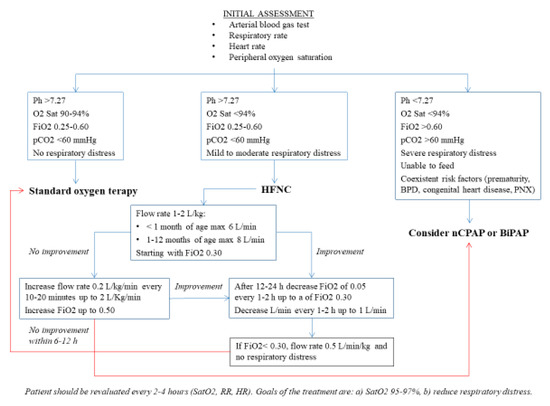
Children Free Full Text Update On The Role Of High Flow Nasal Cannula In Infants With Bronchiolitis Html

Oxygen Delivery Systems Nasal Cannula Flow 1 Emergency Nursing Pediatric Nursing Nursing Student Tips

High Flow Nasal Cannula Oxygen Therapy As An Emerging Option For Respiratory Failure The Present And The Future Lucia Spicuzza Matteo Schisano 2020

Initial Or Starting Flows Of High Flow Nasal Cannula In A Pediatric Download Table
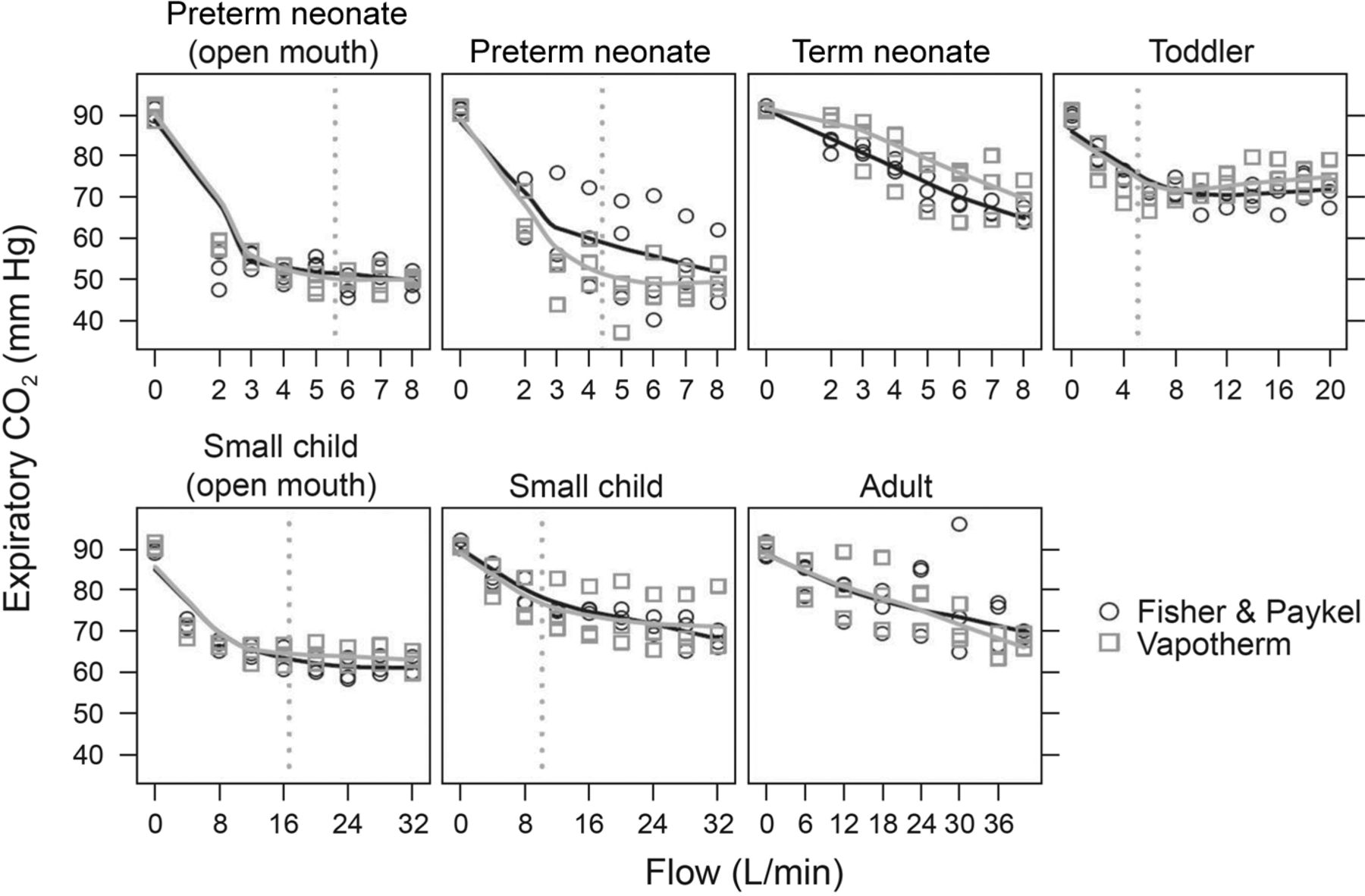
Effect Of High Flow Nasal Cannula On Expiratory Pressure And Ventilation In Infant Pediatric And Adult Models Respiratory Care
Researchers Publish Approach To High Flow Nasal Cannula In Neonates Vapotherm

The Evidence For High Flow Nasal Cannula Devices In Infants Semantic Scholar
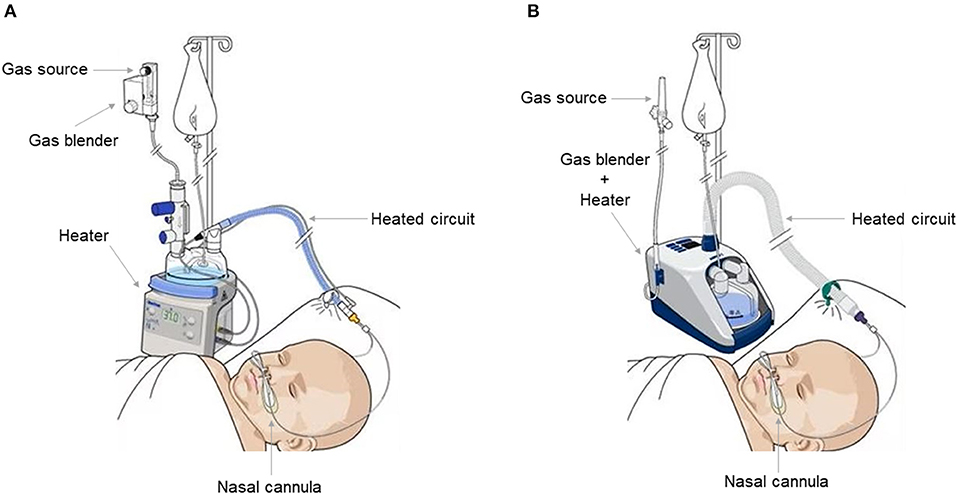
Frontiers High Flow Nasal Cannula Oxygen Therapy Physiological Mechanisms And Clinical Applications In Children
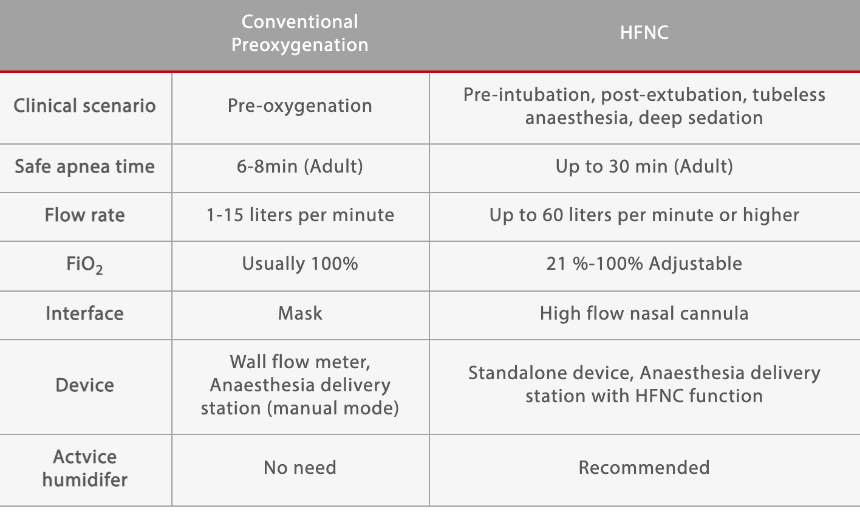
High Flow Nasal Cannula Hfnc Oxygen In Anaesthesia Mindray Global

Pdf Association Between High Flow Nasal Cannula And End Expiratory Esophageal Pressures In Premature Infants Semantic Scholar
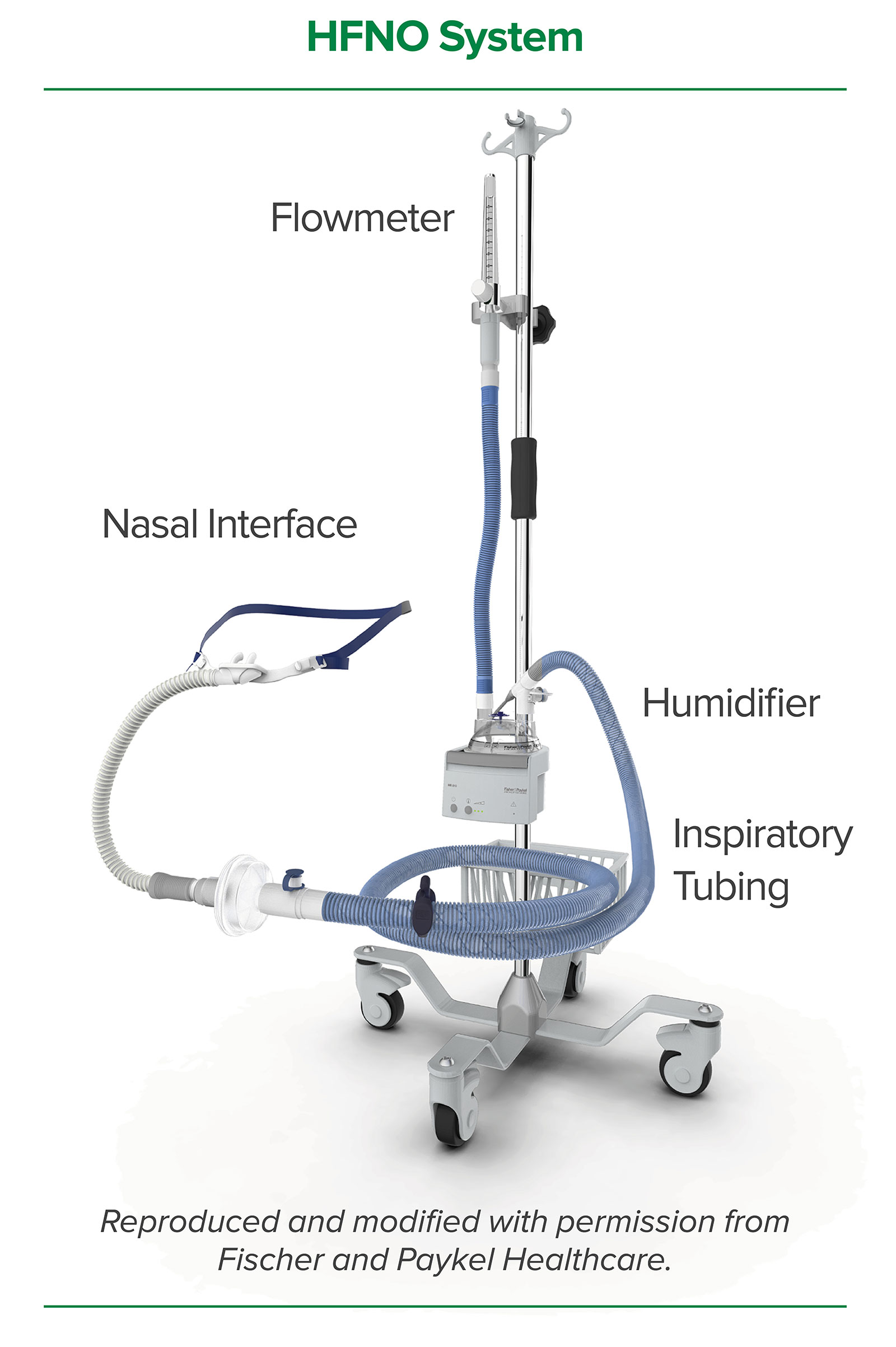
Safe Use Of High Flow Nasal Oxygen Hfno With Special Reference To Difficult Airway Management And Fire Risk Anesthesia Patient Safety Foundation
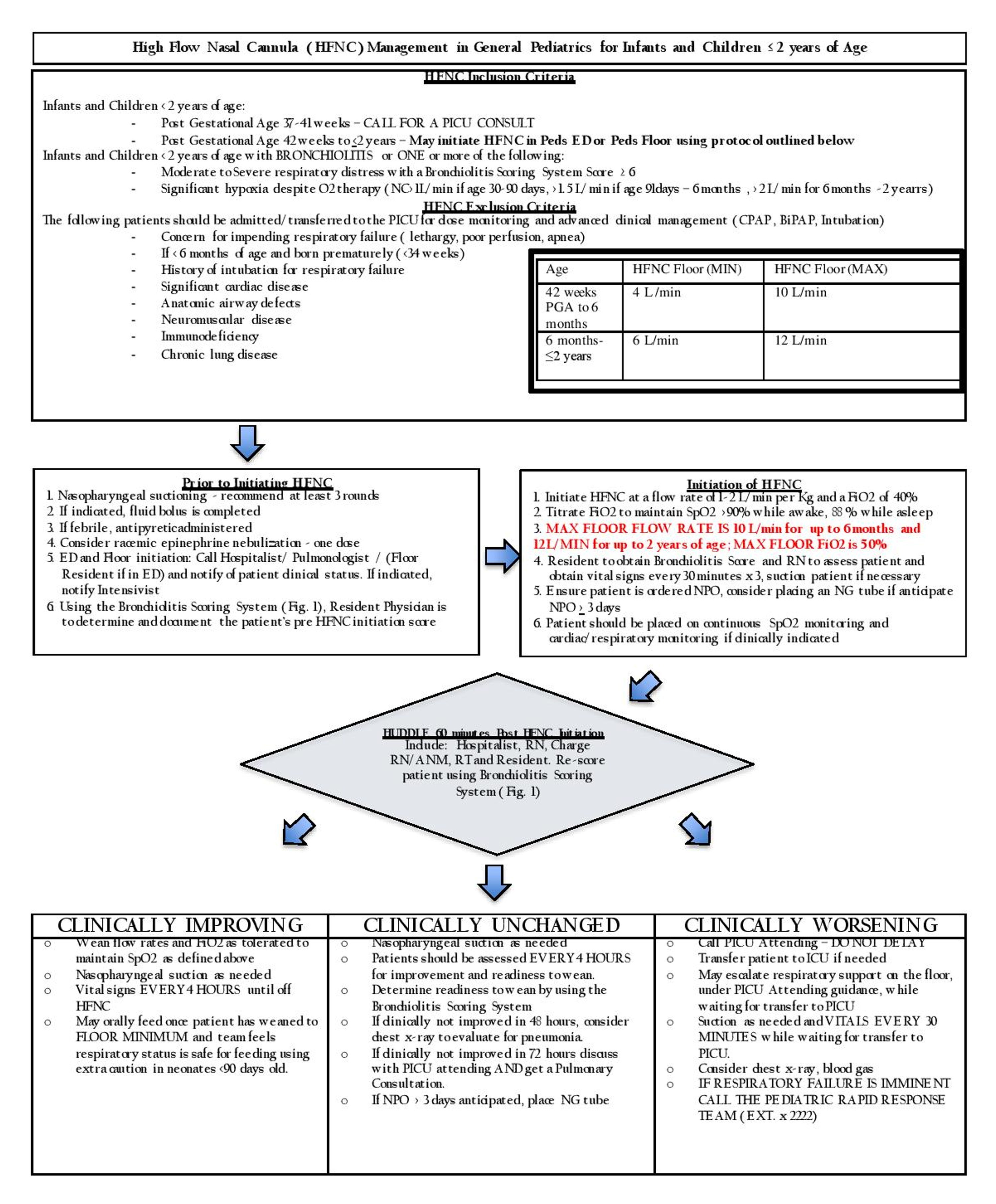
Cureus The Use Of High Flow Nasal Cannula And The Timing Of Safe Feeding In Children With Bronchiolitis

Salter Labs Nasal Cannulas High Flow Regular Flow Pediatric Hyperbaric Central

The Use Of High Flow Nasal Cannula Hfnc As Respiratory Support In Neonatal And Pediatric Intensive Care Units In Germany A Nationwide Survey Sciencedirect
